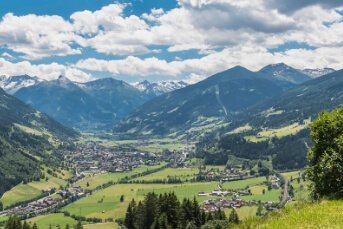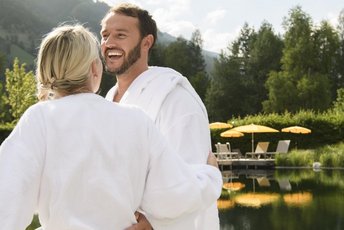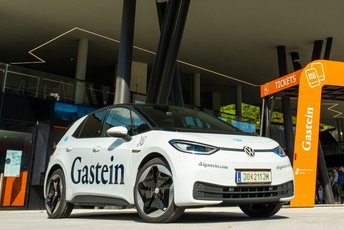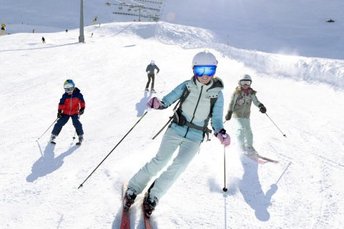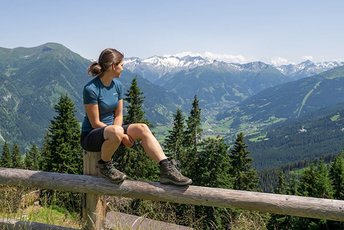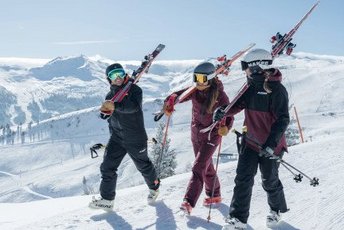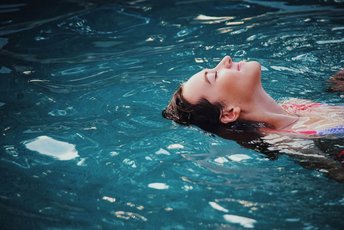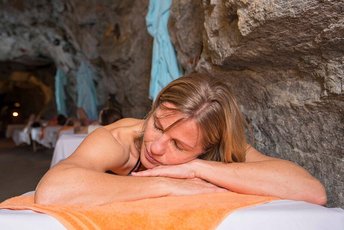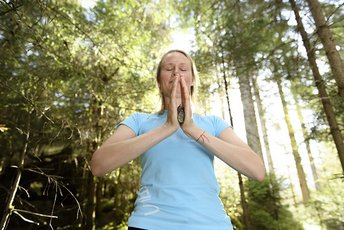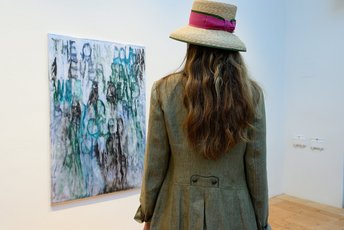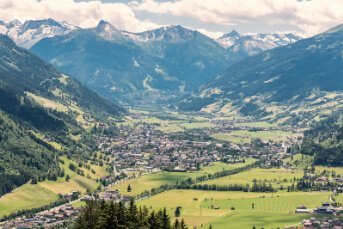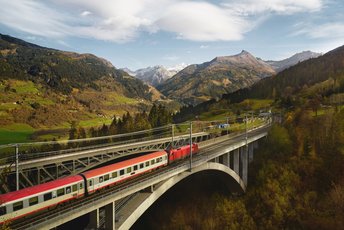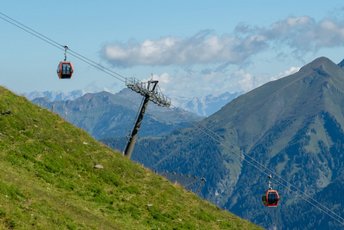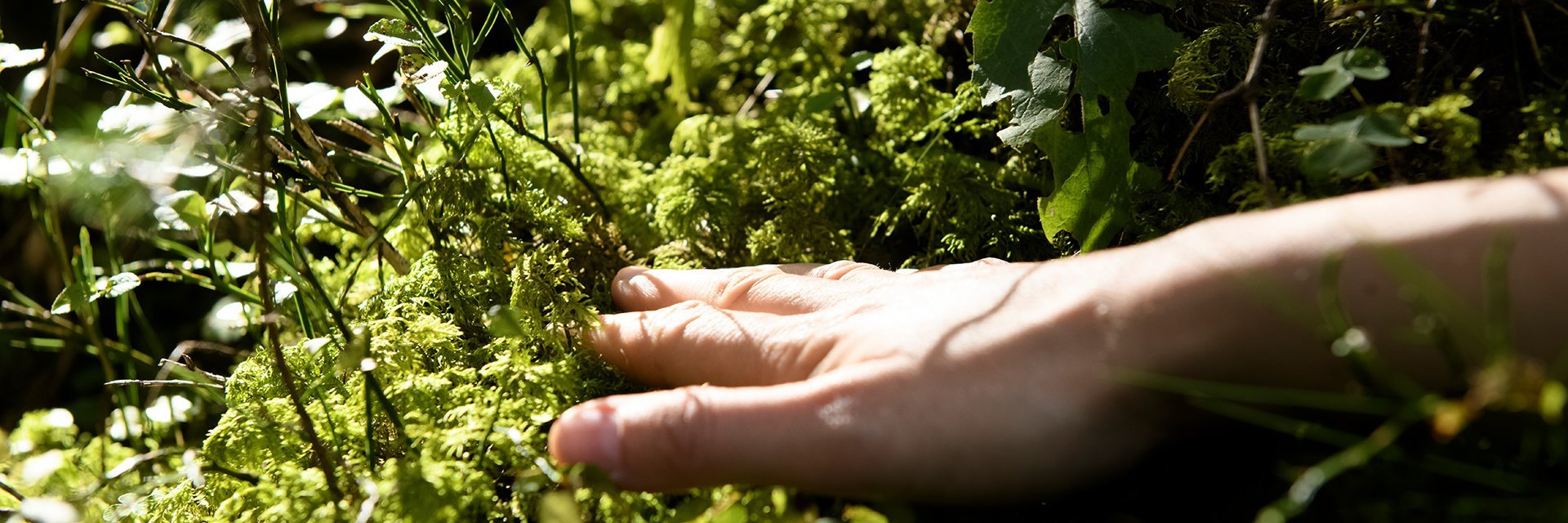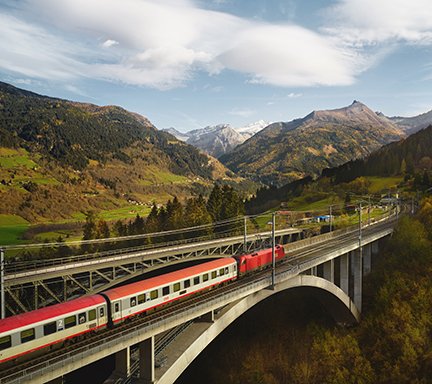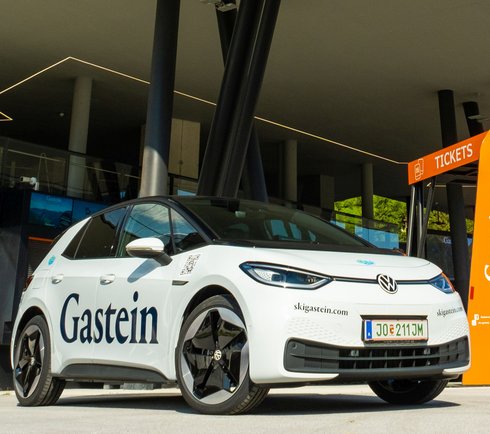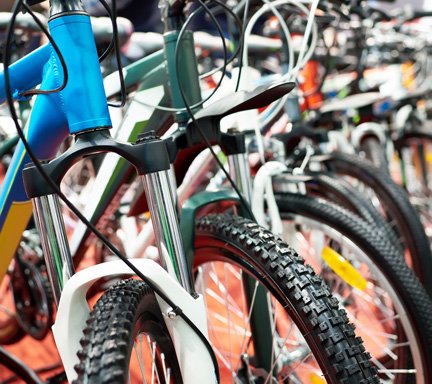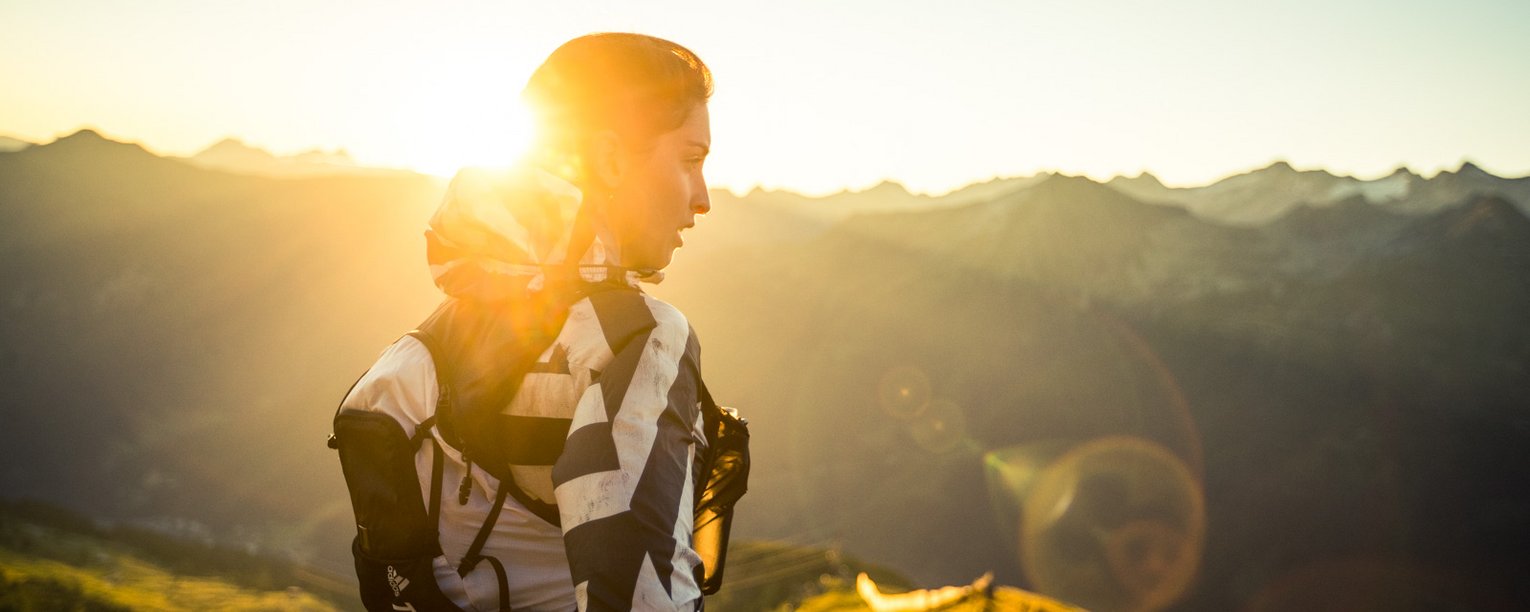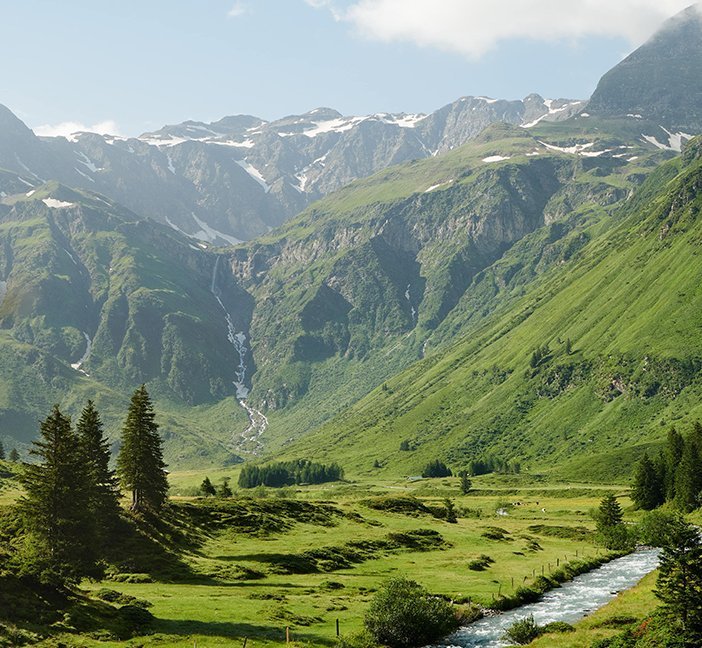-
Gastein
-
Experiences
-
Vitality
-
Events
-
Service
Discover Gastein sustainably and mobile
Green means of transportation
Travel in an environmentally friendly way with the Tauernbahn and experience the beauty of our region without harming the environment. We offer you flexible mobility solutions on site: Use the BÄM e-car rental for emission-free driving or explore the picturesque landscapes with one of our rental bikes or e-bikes. With numerous charging stations throughout the valley, you'll always be charged and ready to go.
Arrival by train
If you really want to live sustainability, you are usually faced with major challenges when it comes to getting here. The Gastein Valley has been served by the Tauern Railway for more than 100 years and is therefore easily accessible from the north and south without a car. All three towns have a train station and trains stop in all three towns.
On the road in Gastein with the e-car
BÄM Mobility Carsharing
Thanks to car sharing with electric cars, both guests and locals can explore the region in a convenient and environmentally friendly way. The option to rent the cars by the hour makes them flexible and easy to use. This means that even guests arriving by train are guaranteed green mobility with an electric rental car on site.
Use your own strength
Cycling in Gastein
Discover the breathtaking landscape of Gastein by eco-friendly bike or e-bike! Explore the picturesque paths and trails of the region and enjoy the freedom and flexibility that this modern means of transportation offers you. Experience Gastein on two wheels!
Realized projects in Gastein
Starting with technology and ending with regional product cycles, some projects have already been realized, some are in progress and many important steps will follow.
Gastein's Winter Lifts
Snowmaking strategy
- With the help of GPS snow depth measurements, it is possible to determine exactly how many m3 of snow are on the slope and how much needs to be covered with new snow
- Snow fences prevent the snow from being blown away by the wind, which means that less snowmaking is required
- In addition, water and electricity consumption is reduced
Renewable energy
- On the roof of the Schlossalm valley station is a large-scale solar plant which, with a heat pump and a ground storage tank, supplies almost all the station's heating and hot water requirements
- Solar energy is also produced on the roof of the Weitmoserin and on the roof of the Stubnerkogelbahn valley station.
- The solar park at the Schlossalm valley station produces green electricity for operating the cable car and for 20 e-charging stations.
- The cable cars produce their own electricity using photovoltaics. 40 per cent of the Schlossalmbahn's annual electricity consumption is already covered.
- The cable cars produce their own electricity with photovoltaic
- 100% certified green electricity and is mainly purchased from Salzburg AG as well as E-Werk Bad Hofgastein
- In Sportgastein this works through heat recovery: permanent evaluation and analysis of the energy development
- energy-saving measures, such as the replacement of heating systems and lighting fixtures
Climate-friendly initiatives
- In the associated areas on the mountain, active attention is paid to forest maintenance, reforestation and soil activation
- Visitors are informed about the nature reserves on site
- The storage ponds are filled to approx. 80 % with meltwater
Climate friendly journey
- Travel by train to the Stubnerkogel is ideal, because in Bad Gastein the train station is located right next to the valley station
- In winter the ÖBB Kombi-Ticket is offered, where the ski pass and the train ticket are inexpensive and climate-friendly at the same time
- Winter sports enthusiasts can use the public transport system in the Gastein Valley free of charge together with their ski pass
- E-charging stations are available on site for climate-friendly travel by electric car
Alpentherme
On the way to the "zero-emission thermal spa
- 2020 Adaptation of the entire system hydraulics and swimming pool ventilation, including enlargement of the heating coils.
- By adapting the system hydraulics, a large part of the required heat energy is generated by means of a low-temperature heat pump. As a result, the Alpentherme has a CO² reduction of almost 370 tons/year and cost savings per year of approx. 82,000 €.
- In the future, the entire heat supply is to be based on renewable energy sources
Thermal water
- The natural heat of the thermal water helps to save energy
- Thermal water that is no longer needed is collected in the spa's own retention basin
- The thermal water is reused for heat generation and heats the Alpentherme
- The ice rink of the Alpenarena also heats the thermal baths in winter
- The required cooling for the ice rink generates heat, which is used as heating energy
Felsentherme
Arrival to the vacation
Cooperation with ÖBB:
- Guests can book a discounted ticket at the same time as purchasing their ticket at the ticket counter or online via app
- In principle, guests receive reduced admission upon presentation of a current rail ticket
Cooperation SVV:
- When purchasing an SVV annual pass, guests receive a voucher as a thank you gift
Cleaning in the spa
- 2x per week there is a cleaning day with only water to protect the environment (developed with AUVA and ÖGK)
- Checking of all cleaning agents in the selection and dosage for minimum and ingredients with regard to pollutants.
Product procurement
- As a matter of principle, the Felsentherme pays attention to the shortest route when purchasing goods and high-quality, local products as well as for repairs or purchases.
- The herbs for infusions and oils are grown in-house
Energy
- Investment of € 1.7 million in 2017, in energy optimization (electricity, heat, insulation, technology).
- Plans for 2023: Expansion of energy recovery through thermal water and photovoltaic systems.
Badehospiz
Technology
- Exchange to LED technology
- Optimization of swimming pool technology
- Renewal of circulation pumps
Thermal water
- Use of thermal water for heating purposes, including insulation
Bathroom equipment
- Only economy faucets and shower heads are used in Haus Strochner, as well as in the main house
Waste + annual consumption
Waste consulting as part of the environmental service.
- Total kWh / year 1,096,023
- Total liters of water / year 3,463,000
- Total kg waste / year 1,351
adidas TERREX INFINITE TRAILS
Back in 2017, Gastein submitted a sustainability concept in the pitch for the adidas TERREX INFINITE TRAILS running event. Running on existing trails, using local infrastructure, avoiding waste and involving the regional economy won the Gasteinertal valley the bid. The event is optimized year after year in terms of sustainability. In 2022, the province of Salzburg will even provide athletes with free public transport to get there.
